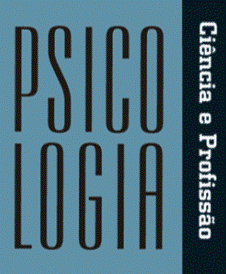Given the gap in cognitive assessment of people with special needs, this research sought to build three subtests (Verbal, Memory and Logical) to assess the intelligence of visually impaired children, based on the Cattell-Horn-Carroll model (CHC). A pilot study was developed to verify the adequacy of the subtests in 14 visually impaired children ages 7-12 (M=10.28 years, SD=1.58), six girls and eight boys, ten had low vision (eight with cognitive disabilities and two with acquired), and four with blindness (two with congenital and two acquired), measuring right answers and time taken Verbal; right answers, number of open pairs and time in Memory; and right answers and time taken in Logic. The results indicated the suitability of the subtests to this population, noting best performance in children with congenital disabilities and better performance of children with low vision. Larger studies could investigate the psychometric properties of the subtests.
Intelligence; Measuring intelligence; Visually disabled; Cognition



